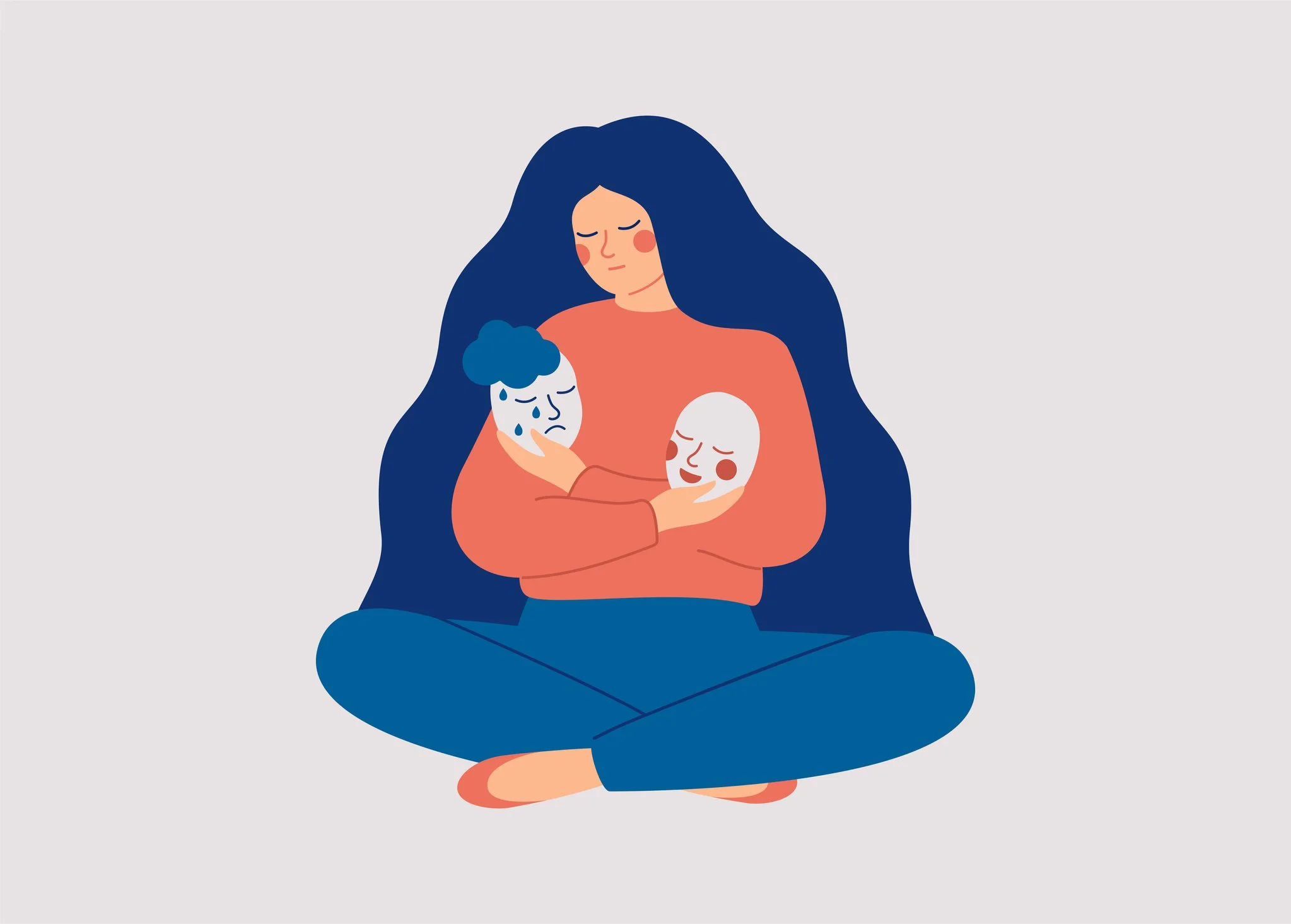You are not what you think
I used to put so much worth on my thoughts, labeling them as good or bad. I’d feel this deep and overwhelming shame with the “bad” thoughts. Many hours spent journaling, wrapped up in my bad thoughts trying to determine why they were coming up and trying to replace them with thoughts that felt more comfortable.
It wasn’t just my thoughts that I categorized as good or bad, it was also my feelings. With the more negative feelings (as I considered them) I found myself on one side of the spectrum or the other. One side would immerse myself in the feeling, journal for hours, write myself in circles never fully coming to a resolution but falling deeper into the feeling. The other side of this spectrum would be drowning the noise out with anything and everything. I would do whatever it took not to acknowledge the feeling and pretend it wasn’t happening.
This perspective and these approaches earned me a lot of isolation. I would often mentally and physically retreat, wanting to just be alone with my feelings; not wanting to emerge until I had solved whatever problem I thought I had and until the feeling had fully passed.
When my son was born four and a half years ago, I found myself in a seemingly bottomless hole of depression and anxiety. My thoughts would spiral, and I felt powerless to stop them. Each dark, scary thought would paralyze me with fear. I kept thinking that I was losing my mind and I was terrified that my thoughts would come to fruition if I didn’t stop them from coming.
-Are my thoughts a representation of who I am? Then I’m a horrible human being not worthy of anything.
I thought that if I journaled or kept talking about the anxiety I was feeling and every dark thought I was thinking, someone would say the right thing and I'd be fixed. And then it would all stop.
But it didn't.
I remember going into a therapy session just sobbing. Feeling so far gone and destining myself to a future where the depression and anxiety won. I was desperate. I just needed someone to say the exact right thing and then I would be fine. When I first went to this therapist, I remember feeling disappointed. Her approach was built on the idea that thoughts, feelings, and sensations are not good or bad. Instead that they are just something we have. I couldn’t get on board with this. How could someone convince me that thoughts or feelings weren’t good or bad?
But can I just tell you how wrong I was? And can I tell you how freeing it has been to lean into this approach? A truth I have been learning the past four and half years is I do not have to feel shame about any of my thoughts or feelings . I can observe them without judgment. I can notice my feelings without falling into their endless chasm. My feelings and thoughts no longer take me captive and render me useless to normal human functions. I also don’t have to muster all my energy to push down my less enjoyable emotions and pretend they aren’t there. I don’t have to spiral when I start to feel anxious because it doesn’t mean I’m going to lose myself again.
Let me walk you through what to do the next time your inner, anxious thoughts come knocking:
First, close your eyes and take three really deep and slow breaths.
Now, name what you’re feeling and notice where you’re feeling it in your body. Example: “I’m noticing anxiety in my chest.”
Next, assign it a color and imagine its shape or movement. Example: “This anxiety is dark purple, thick, tar-like and covering my chest.”
Now keep going, imagine that you are taking that feeling out of your body and observing it as though you were a scientist. Example: “I’m holding the dark purple, anxiety-tar in my hands. I notice how heavy it is and how smooth it feels.”
With your imagination, you place it back where you found it. You place your hand on the location of the feeling and you send it love and kindness. Example: “Hi, anxiety. I see you there. It’s okay you’re there. I can still get up, do what I need to do, and you can come with me. I know you won’t be there forever.”
The last step is super important. Open your eyes and bring yourself back to the present by noticing five things you see in the room. Example: “I see my water cup, my daughter on the baby monitor, the plant in the windowsill, I see the light from the lamp, and I see that small purple candle.”
You may have uncomfortable, dark thoughts but you can notice them without beating yourself up for having them. You can pack up your anxiety or fear and say, “Come on. I’m going to hang out with a friend or go to work and you can come along. I know you won’t be there forever.” You are not defined by your thoughts or your feelings. You are human. You will feel sad, angry, and anxious throughout your life.

